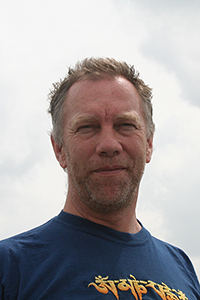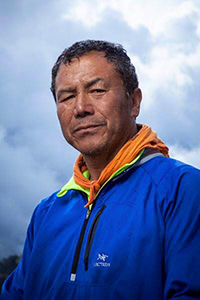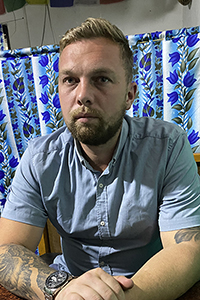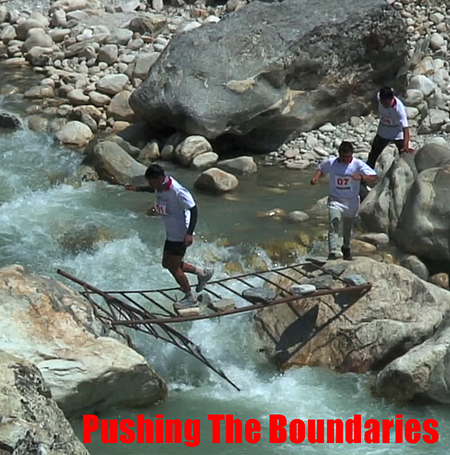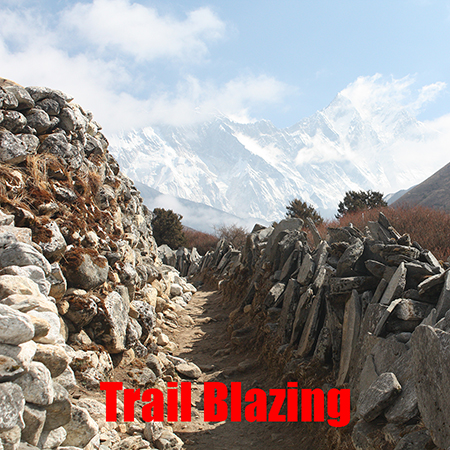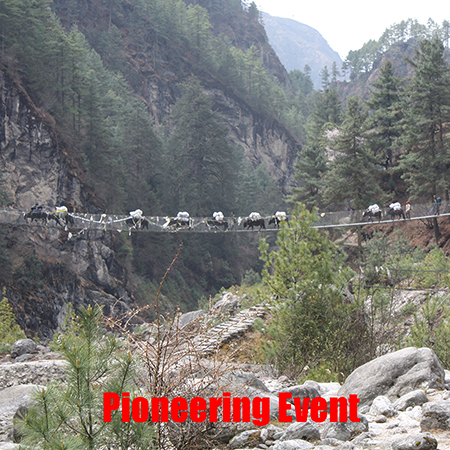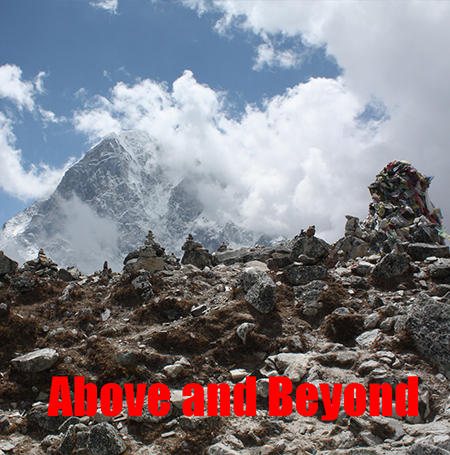
Kit Drops and Drink Stations.
Be prepared to be self sufficient, especially if you do not know the course. We will be setting up check points that all participants must register at to be deemed to have completed the event. Drinks and food will be provided at these stops.
We will have two kit drops, one at Ghorepani and one at Birethanti. You will be advised as to how these will be organised later (on this website).
Safety
We want to provide a challenging event but most of all we want it to be safe. Familiarisation with the course id the best way to ensure your safety. Failing that, it is important to pay special attention to the
minimum kit list. With kit drops it is possible to make provision to pick up certain items such as head torches, at the appropriate time. That also relies on people staying on schedule and that must be a consideration.
Although the lower part of the course is accessable by road, the more challenging part of the course from Birethanti to Ghorepani is not. This part of the race is inhabited and the local residents will be aware of the event.
Should anyone have a problem in this section they will need to make sure they have appropriate clothing and provisions to survive until we can reach them. It is difficult to get lost in this section of the race.
